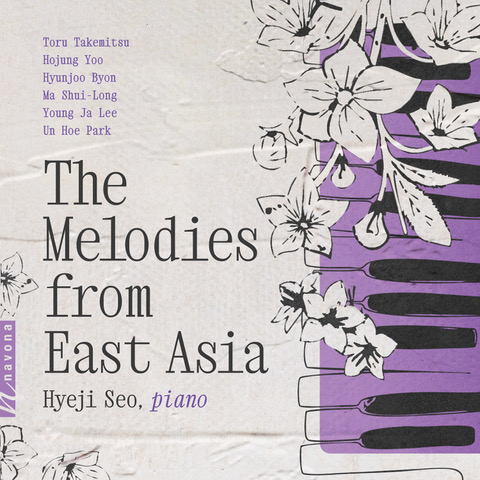When we last caught up with pianist Chiyan Wong, he was up to his eyebrows in Bach, performing the Goldberg Variations. Now, the jazz bug has caught him, and he’s been pursuing it through the music of Ravel and Tsfasman. These two composers, one familiar, the other less so, are on Wong’s new recording Swing!, due out from Platoon Records (PLAT1871).
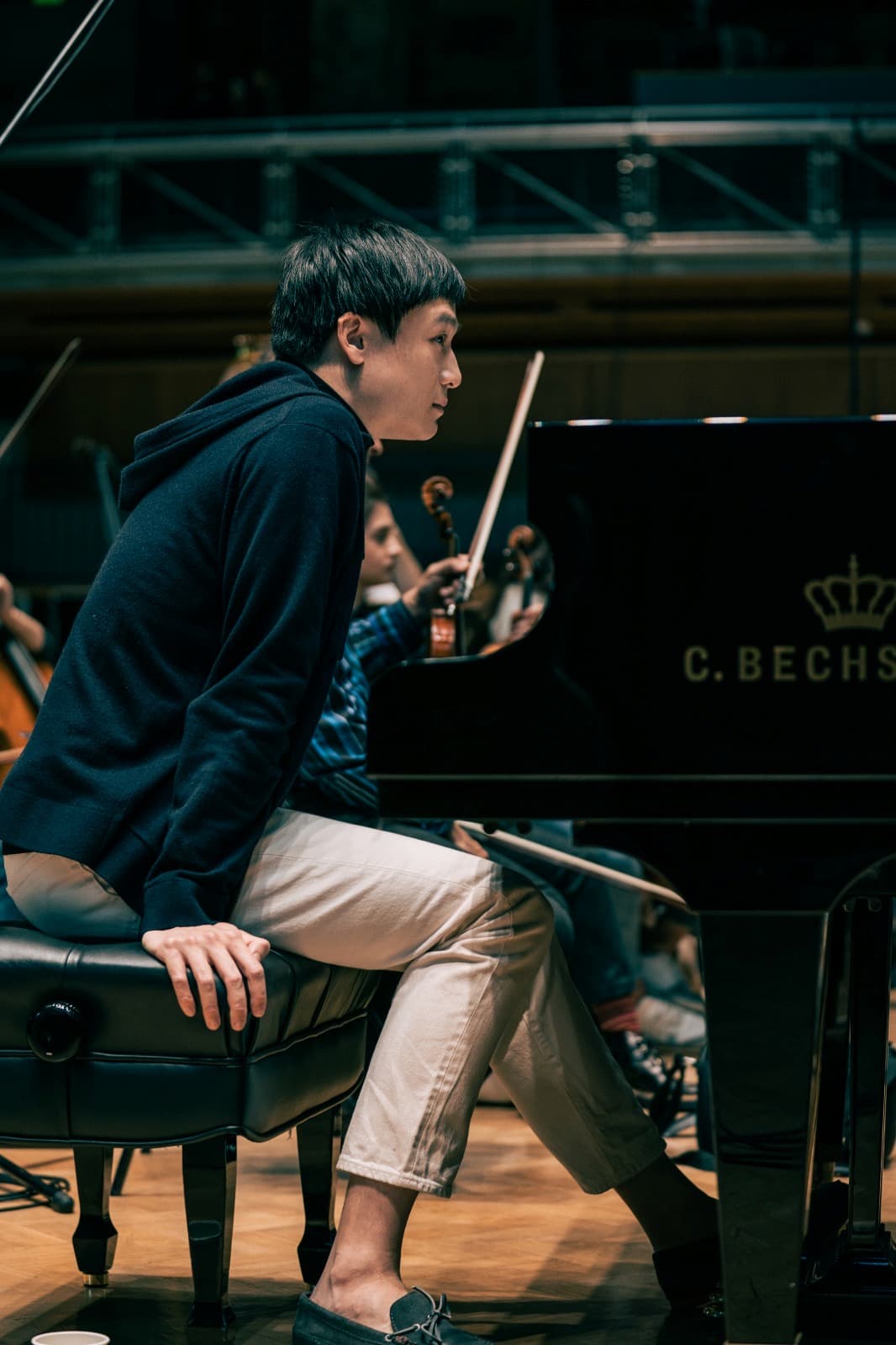
Chiyan Wong
We spoke with Mr. Wong about his new recording and were immediately swept away by his enthusiasm with everything he’s been discovering. We started talking about the 5 senses: taste depends on everything working in harmony to create something delicious. You add the new ingredient, and you have a new flavour. One example was about adding vinegar to Chinese dumplings to make all the flavours brighter and more intense. In the same way, he finds the addition of jazz flavourings to the classical repertoire. That simple sleight of hand makes all the difference.
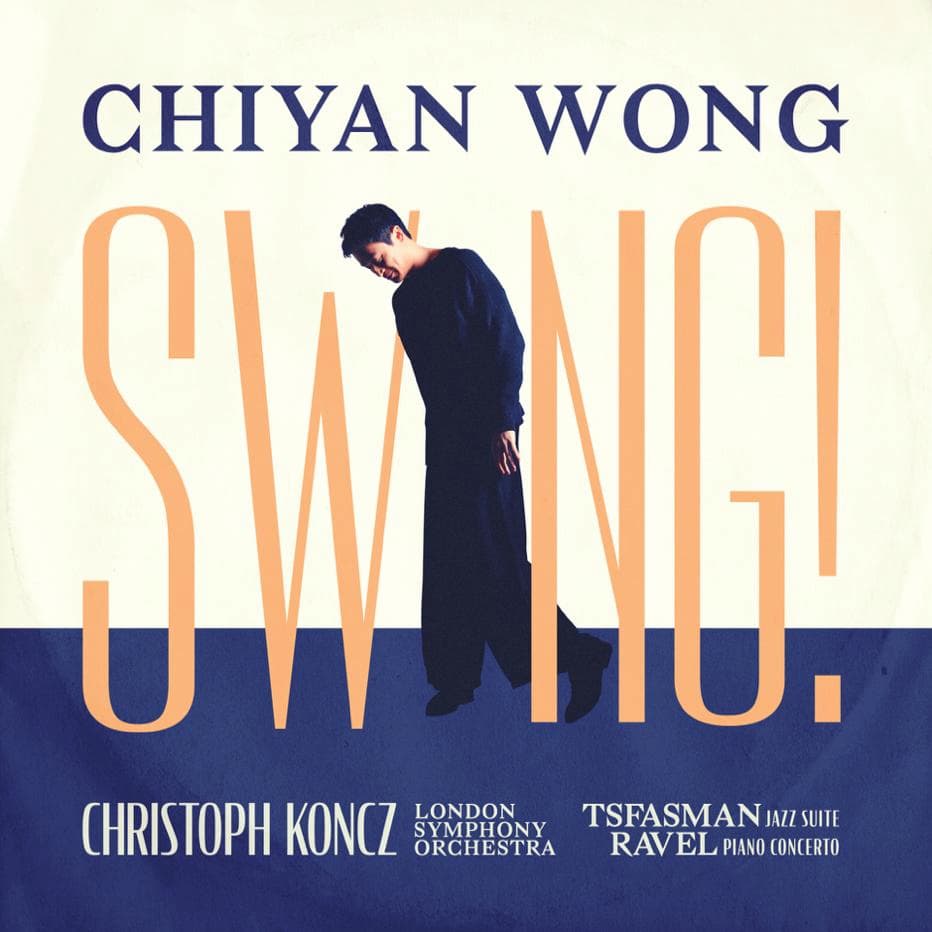
Swing!: Tsfasman x Ravel
He found the Tsfasman Jazz Suite after hearing Mikhail Pletnev’s 2018 recording and then sought out the music. As Wong said, ‘it felt good under my fingers’ and when you hear how quick and agile the music sounds, his fingers are in good shape!
One of his interesting comments about jazz was about how he heard “Mozart’s giggling” in jazz (and, to be very much out of time, how much of Mozart had jazz elements). And that returns us to Bach. The jazz pianist Lennie Tristano was one of the first to bring the old master into the jazz world, with his concerts in the late 1940s, and it was those sounds that inspired Wong as much as anything. The two-part invention is just as much about counterpoint as it is about harmonies.
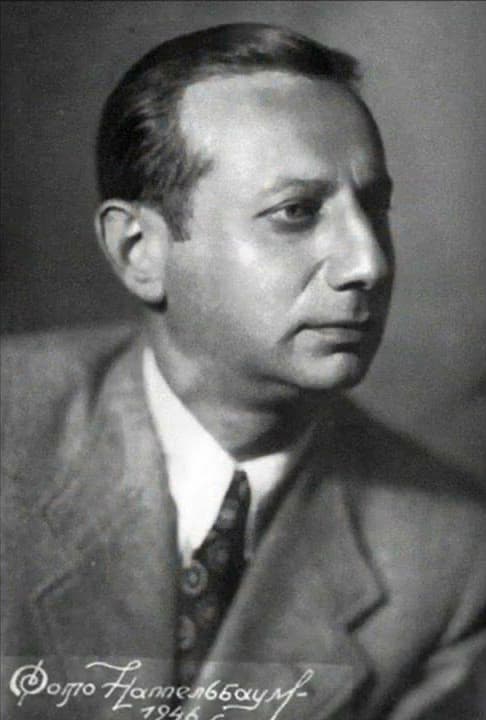
Alexander Tsfasman
Alexander Tsfasman (1906–1971) was one of the few Russian composers of the 20th century who was successful at bringing jazz into the country. Born in Ukraine, Tsfasman became the Soviet Union’s first professional jazz musician. It appears that with his overwhelming popularity (he brought live jazz to the radio, made recordings, and appeared on sound film), he escaped the jazz purges of the mid-1930s. His classical training was under Felix Blumenfeld at the Moscow Conservatory. His jazz band was banned in 1937….and his musicians were immediately taken over to be part of the State Jazz Orchestra of the USSR. Tsfasman put together an 11-piece ensemble for recording and continued to perform, eventually becoming more popular than the official State Jazz Orchestra.
In his first movement of his Suite for Piano and Orchestra, Tsfasman summons up both music that requires a Liszt-like virtuosity and a familiarity with the music of Gershwin. Tsfasman gave the first Soviet performance of Rhapsody in Blue and other works by the American master.
Gershwin’s influence is felt in the second movement but mixed in with a bit of Khachaturian and Prokofiev. The third movement Polka takes us further into the Soviet side of things, but it’s the final movement Presto that never ceases to amaze.
Alexander Tsfasman: Jazz Suite – IV. Presto
Running at what seems to be an impossible speed, Wong’s fingers must be just a blur. He just laughed and said it all just falls under his fingers. And, he’s actually stripped it down and followed the harmonies. He called it ‘weaving the patterns’ and by focusing on the small details, he produces the bigger picture.
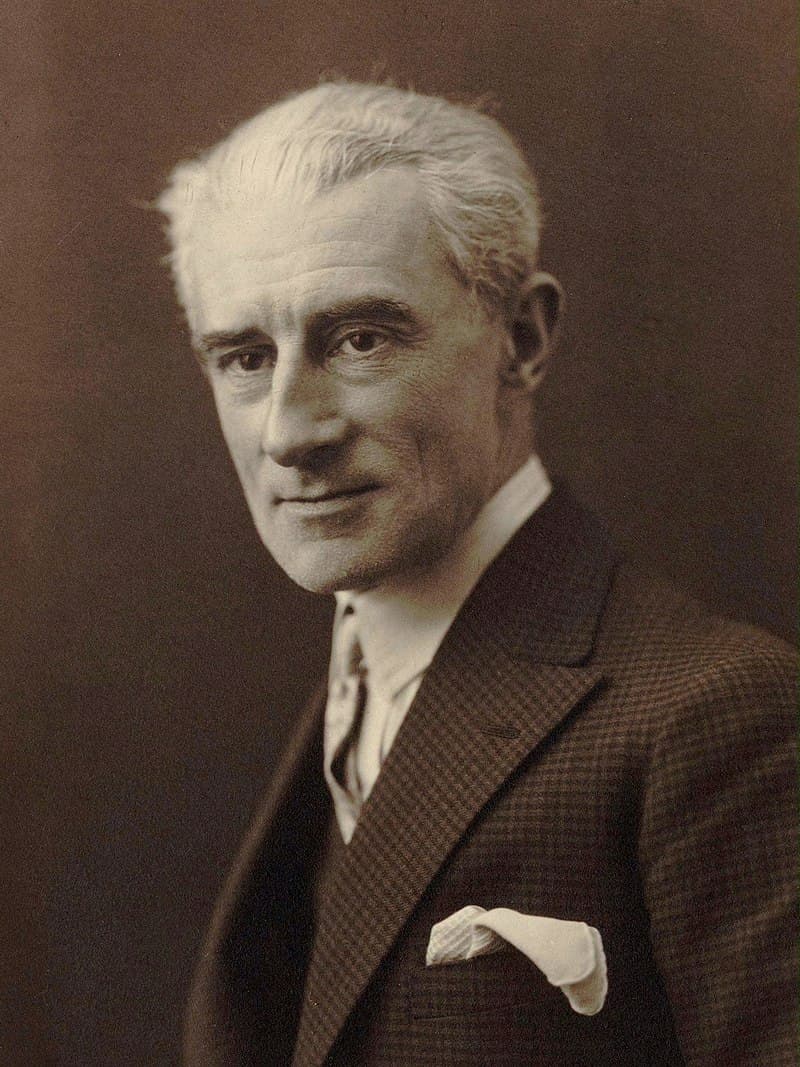
Maurice Ravel, 1925
The second work on the recording is Ravel’s Piano Concerto in G. This is where Wong’s stripped down comes into its strength. He thinks of the work as being lean and clean, like a newly minted Cadillac, which will never look as good or sharp as the day you drive it home. So it is for the Ravel – out with the Romantic and gushy performances and the swoopy arm motions and in with stark colour contrasts and innovation of a clean clean clean performance.
We talked about the post-COVID life and he said that one of his basic questions during lockdown was What are people going to play? He felt that Beethoven wasn’t really satisfactory anymore (except, perhaps for Op. 131, which he described as ‘Extraterrestrial Beethoven’). He looked to more minimalist artists: Klee or Kandinsky or the Bauhaus artists. They could make art out of line and those who followed them had to augment that line. Those points of continuity are what he sees as carrying the art (or his music) forward. The statements that Beethoven made proved difficult for others to follow (witness Brahms’ struggles to write his first symphony), but the minimalism of Bach has proved to be fertile ground to this day, for example.
Looking forward to the rest of 2023, he will be bringing to Taipei the Thomas Adès Piano Concerto with the Taipei Symphony and Pascal Rophé. In 2024, he makes his Berlin debut at the Konzerthaus in a piano recital, commemorating the centenary of Busoni’s death. He is also Artist-in-Residence at Hong Kong’s Baptist University from 2023-2024.
Swing! was a treat of a recording – Tsfasman’s Jazz Suite was a great find and even the great Ravel Concerto seemed a bit dull after that!
Chiyan Wong’s latest album: Swing!: Tsfasman x Ravel.
For more of the best in classical music, sign up for our E-Newsletter

